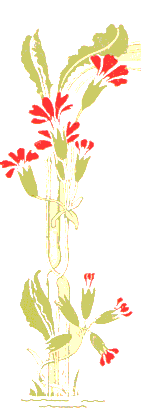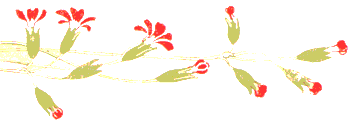


Chariot Festivals
In India, there has been a tradition from ancient days for temples in villages and towns to conduct chariot festivals. During these festivities the idol of the deity installed in that temple is taken in procession. First, a huge chariot is constructed for this purpose. Then the chariot is elaborately decorated and a beautiful seat is provided therein for the deity. On the auspicious day, the deity is transferred from the temple to the chariot with appropriate rituals and incantations. The chariot is then taken through the streets in a colorful procession pulled by devotees and preceded by groups of dancers, musicians and singers. Along the course of the procession, many people offer worship to the deity by lighting sacred lamps and waving them as the chariot comes by.
During these festivals thousands of people gather, coming from all the surrounding villages. Three kinds of people come. The first kind, which constitutes the bulk of the people present for the festival, concentrate all their attention on the chariot and its external appearance. Then there are others who concentrate mostly on the sacred feelings generated by the procession, such as the fervent piety of those who are pulling the chariot, the ecstatic joy of the dancers and singers, and the reverence of the priests and devotees who are offering worship. Thirdly, there are a few who recognize the real purpose for which this festival has been arranged. Only this small handful cares to have a vision of the indweller, the sacred person who is seated in the chariot.
Of course, the festival is being celebrated for the purpose of installing the image of God in the chariot. Without the representation of God, the festival would have no meaning. This sacred figure inside the chariot represents the indweller, who is God himself. But only the rare individual will turn his full attention towards that divinity. Most people will see only the physical appearance of the chariot, its decorations and other such things as the fine raiment put on the sacred image inside, the costumes worn by the dancers and musicians, and all the sound and color of the festivities. The largest number will concentrate only on these external things. But there will also be some people who concentrate their attention on the rituals of worship and the offerings being made, such as the breaking of coconuts, the waving of lamps and incense, and the devotion expressed through these rituals. The number of people with this kind of vision and interest will be much smaller than those who concentrate on the decorations, the dances and dramas and all the external paraphernalia associated with the festival.
But the divine person who has been installed in this chariot, who is driving this chariot and who is the resident of this chariot will be seen by only a very small number of intensely-devoted people who yearn to have the sacred vision of the divinity. In the huge throng turning out for the festival, such people may be counted on the fingers of one's hand. For them, all the outer trappings and all the sound and excitement of the procession will only get in the way of their having a real vision of God. All they long for is to see and be with their beautiful Lord, whose representation is seated in the chariot.